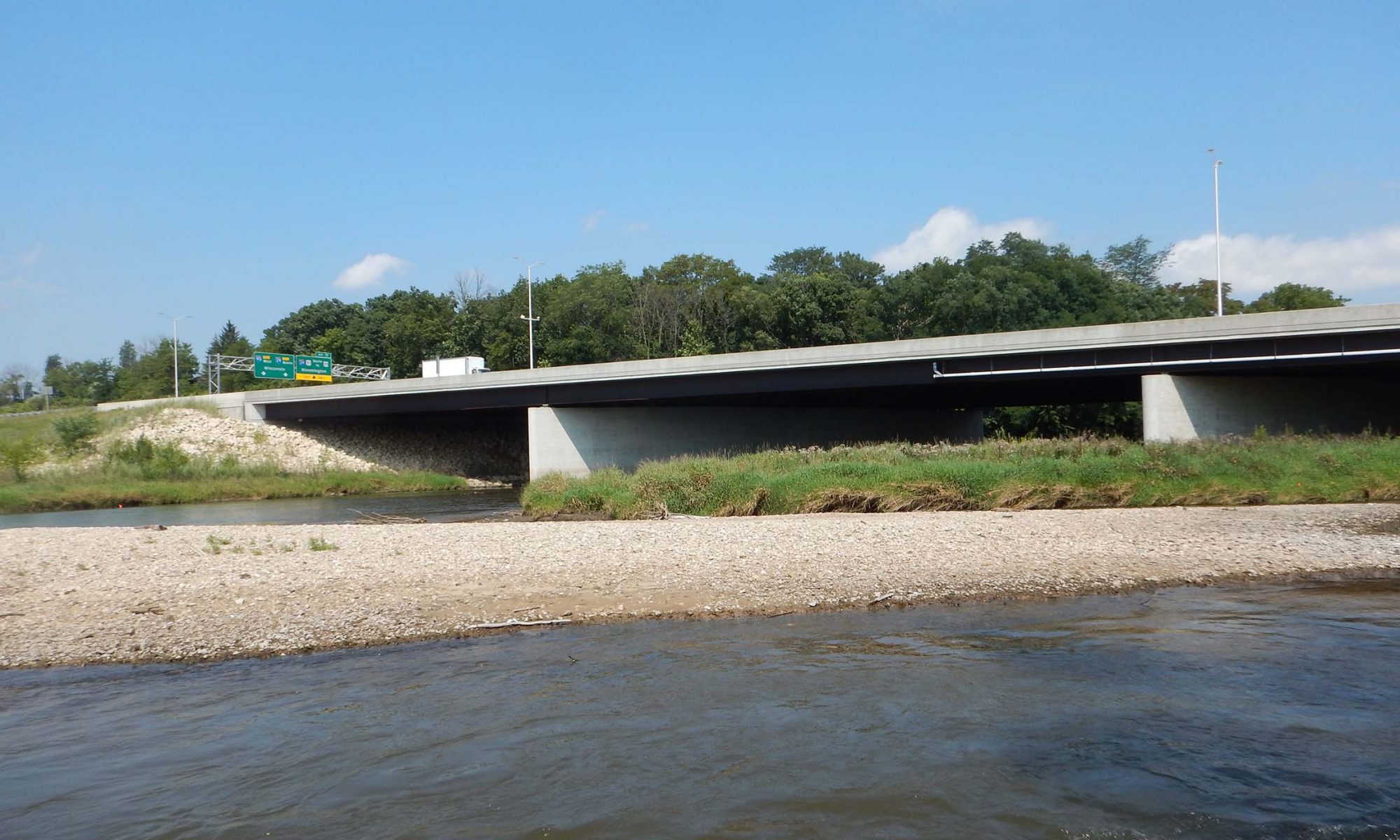 PACeLab PhD Candidate Andrew Jesper co-authored a new paper with his undergrad research advisor Scott Eckert at Principia College. Jesper and Eckert radio-tracked 29 individual Crotalus horridus (13 female, 16 male) in Jersey County, Illinois.
PACeLab PhD Candidate Andrew Jesper co-authored a new paper with his undergrad research advisor Scott Eckert at Principia College. Jesper and Eckert radio-tracked 29 individual Crotalus horridus (13 female, 16 male) in Jersey County, Illinois.
On average, males move greater daily distances and occupy larger home ranges than females, particularly during the summer when Timber Rattlesnakes find mates. Females dispersed shorter distances from their hibernacula than males. Several snakes were tracked over multiple years, and returned to their same general range each summer. This site fidelity may limit the success of translocating adult individuals.
Abstract
Understanding the home range of imperiled reptiles is important to the design of conservation and recovery efforts. Despite numerous home range studies for the Threatened timber rattlesnake (Crotalus horridus), many have limited sample sizes or outdated analytical methods and only a single study has been undertaken in the central midwestern United States. We report on the home range size, site fidelity, and movements of C. horridus in west-central Illinois. Using VHF telemetry, we located 29 C. horridus (13 female, 16 male) over a 5-year period for a total of 51 annual records of the species’ locations and movements. We calculated annual home ranges for each snake per year using 99%, 95%, and 50% isopleths derived from Brownian Bridge utilization distributions (BBMM), and we also report 100% minimum convex polygons to be consistent with older studies. We examined the effects of sex, mass, SVL, and year on home range sizes and reported on movement metrics as well as home range fidelity using both Utilization Distribution Overlap Index (UDOI) and Bhattacharyya’s affinity (BA) statistics. The home range sizes for male and non-gravid C. horridus were 88.72 Ha (CI 63.41–110.03) and 28.06 Ha (CI 17.17–38.96) for 99% BBMM; 55.65 Ha (CI 39.36–71.93) and 17.98 (CI 10.69–25.28) for 95% BBMM; 7.36 Ha (CI 5.08–9.64) and 2.06 Ha (CI 1.26–2.87) for 50% BBMM; and 78.54Ha (CI 47.78–109.30) and 27.96 Ha (CI 7.41–48.51) for MCP. The estimated daily distance traveled was significantly greater for males (mean = 57.25 m/day, CI 49.06–65.43) than females (mean = 27.55 m/day, CI 18.99–36.12), particularly during the summer mating season. Similarly, maximum displacement distances (i.e., maximum straight-line distance) from hibernacula were significantly greater for males (mean = 2.03 km, CI 1.57–2.48) than females (mean = 1.29 km, CI 0.85–1.73], and on average, males were located further from their hibernacula throughout the entirety of their active season. We calculated fidelity to high-use areas using 11 snakes that were tracked over multiple years. The mean BBMM overlap using Bhattacharyya’s affinity (BA) for all snakes at the 99%, 95%, and 50% isopleths was 0.48 (CI 0.40–0.57), 0.40 (0.32–0.49), and 0.07 (0.05–0.10), respectively. The mean BBMM overlap for all snakes using the Utilization Distribution Overlap Index (UDOI) at the 99%, 95%, and 50% isopleths was 0.64 (CI 0.49–0.77), 0.32 (CI 0.21–0.47), and 0.02 (CI 0.01–0.05)), respectively. Our results are largely consistent with those of other studies in terms of the influence of sex on home range size and movements. The species also exhibits strong site fidelity with snakes generally using the same areas each summer, though there is far less overlap in specific (e.g., 50% UDOI) high-use areas, suggesting some plasticity in hunting areas. Particularly interesting was the tendency for snakes to disperse from specific hibernacula in the same general direction to the same general areas. We propose some possible reasons for this dispersal pattern.
